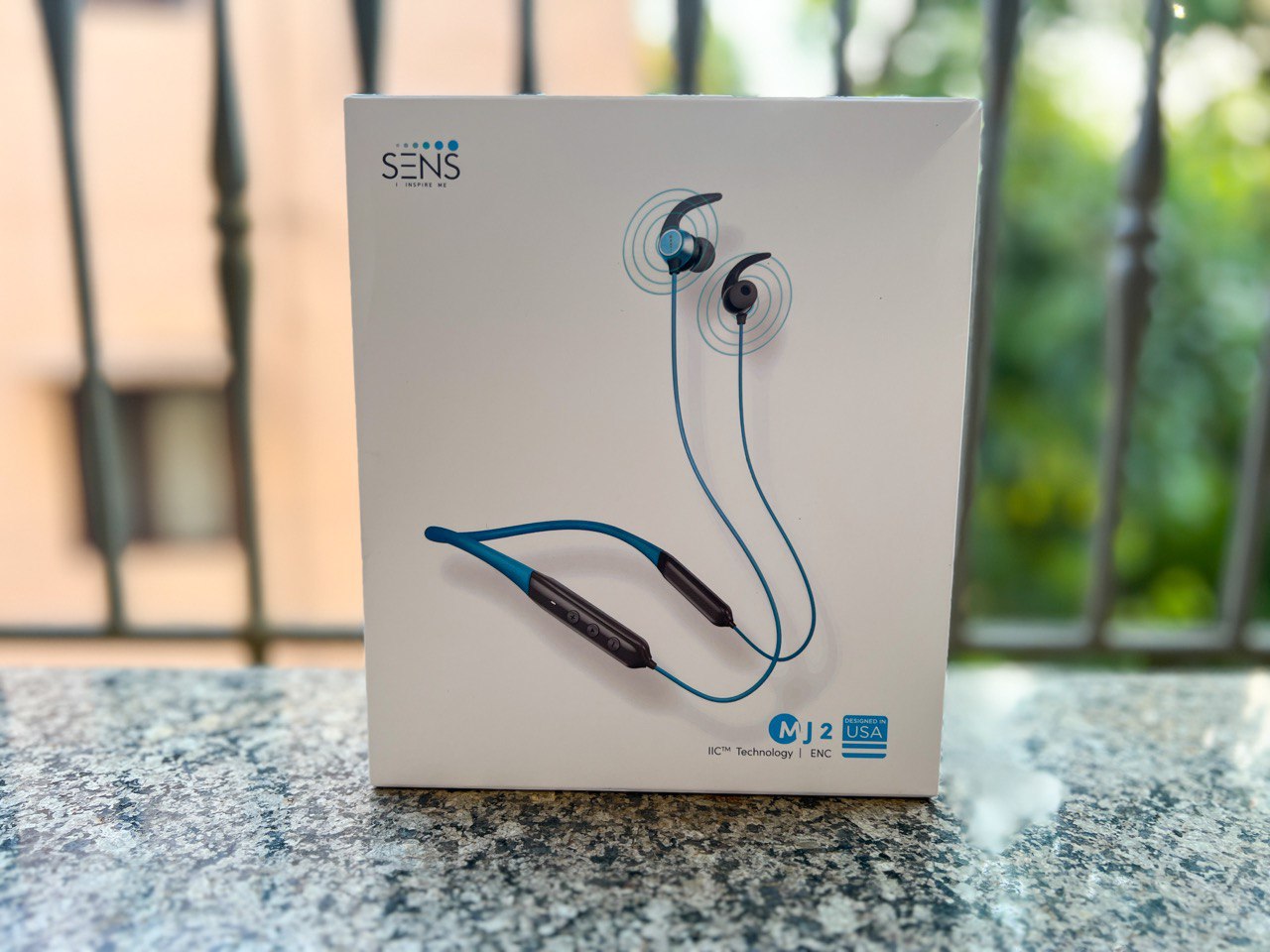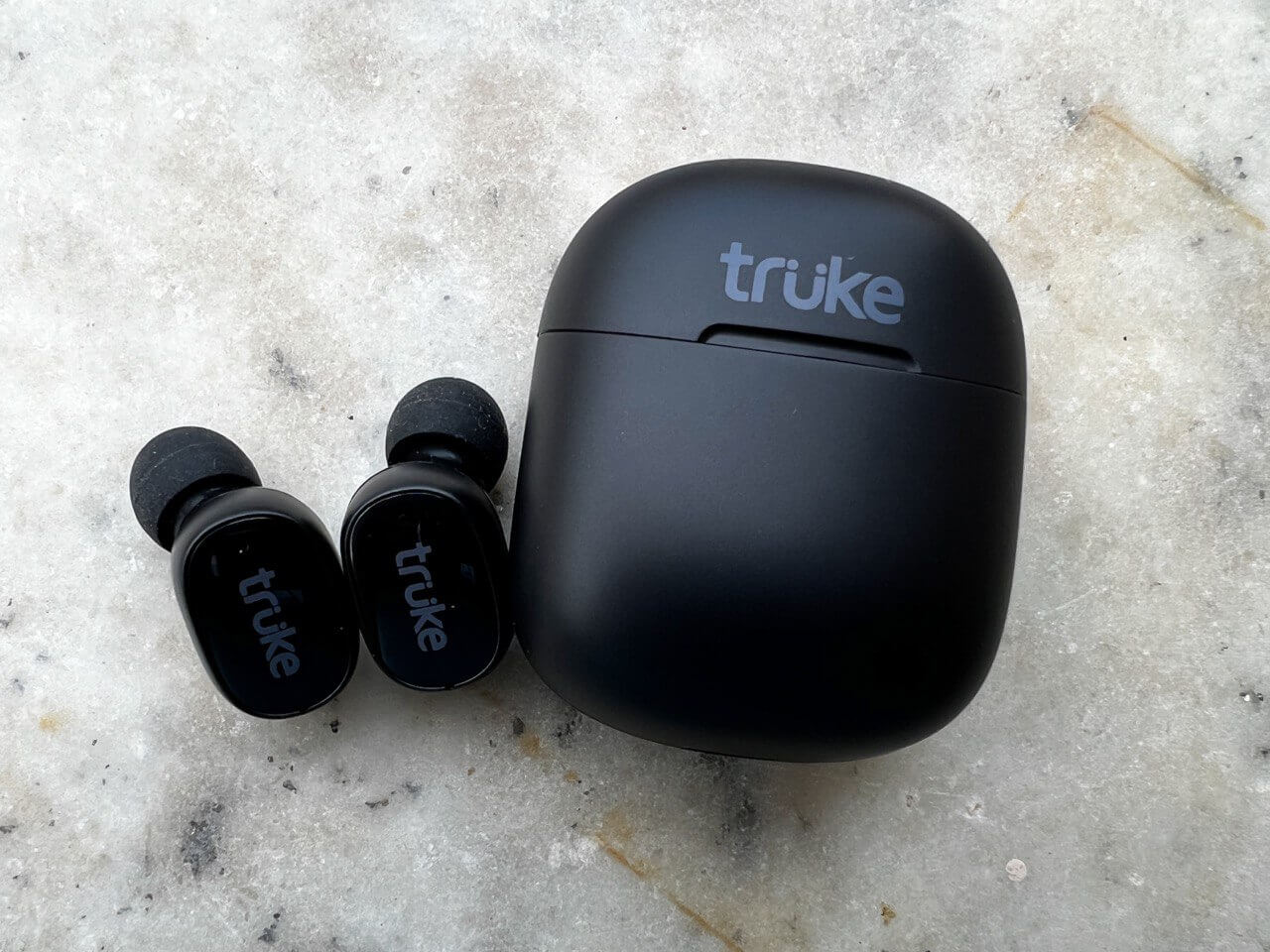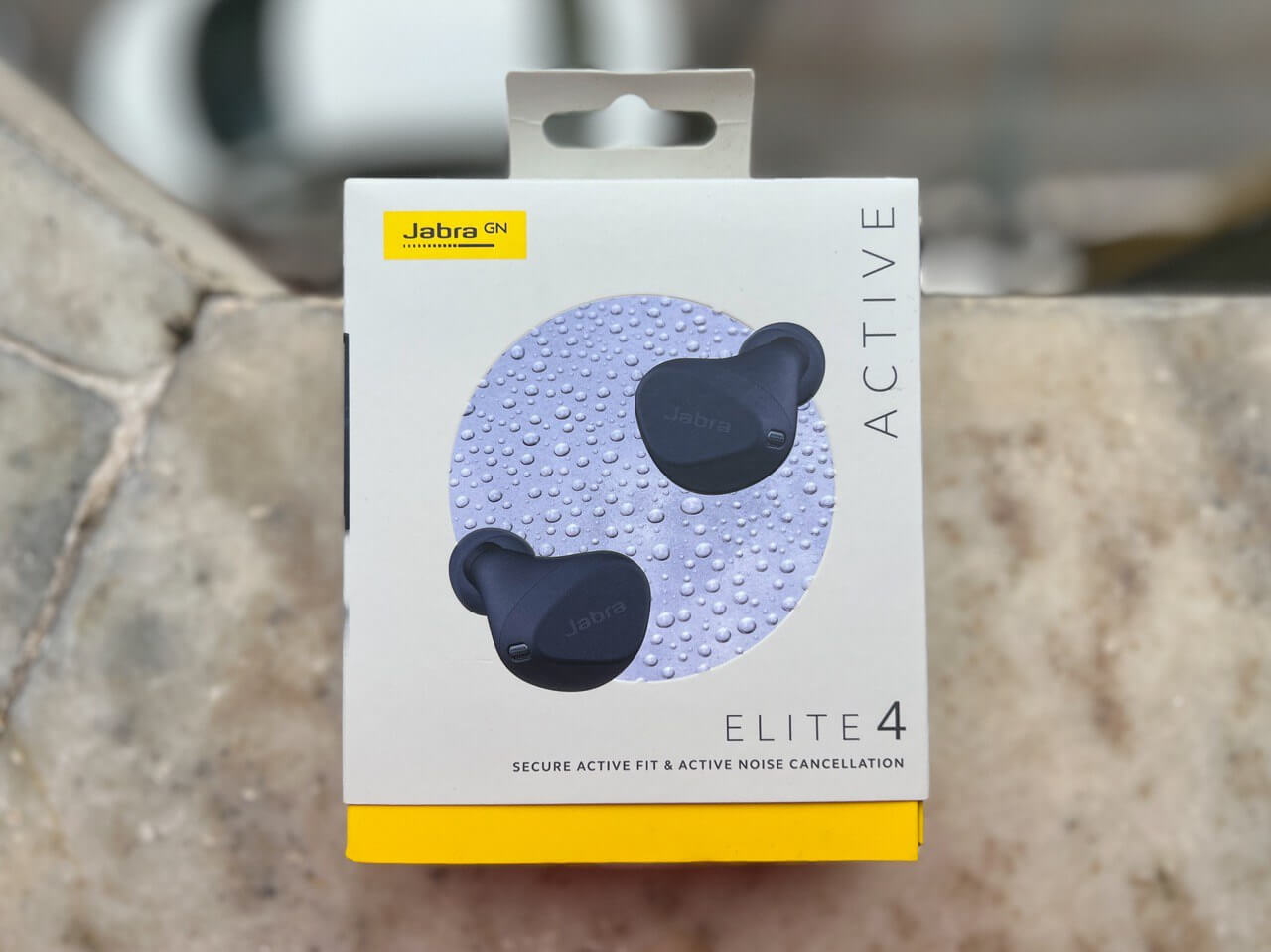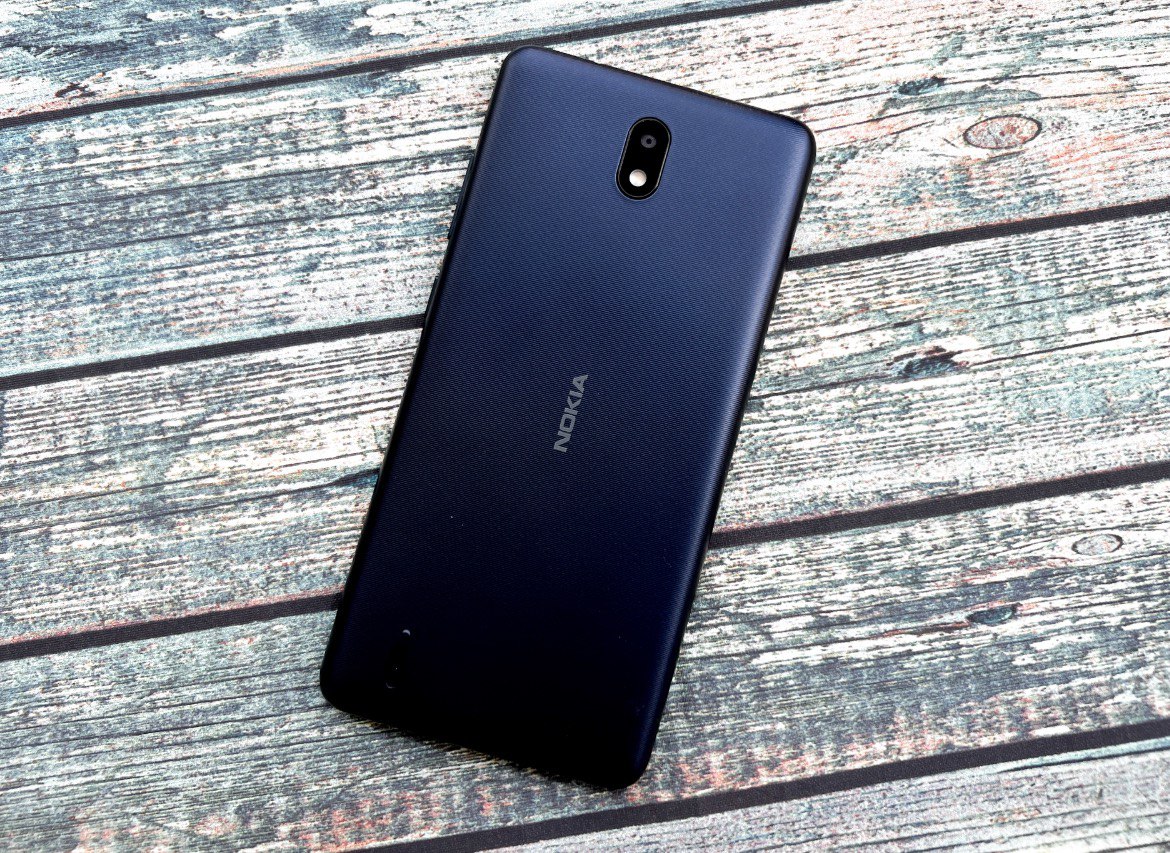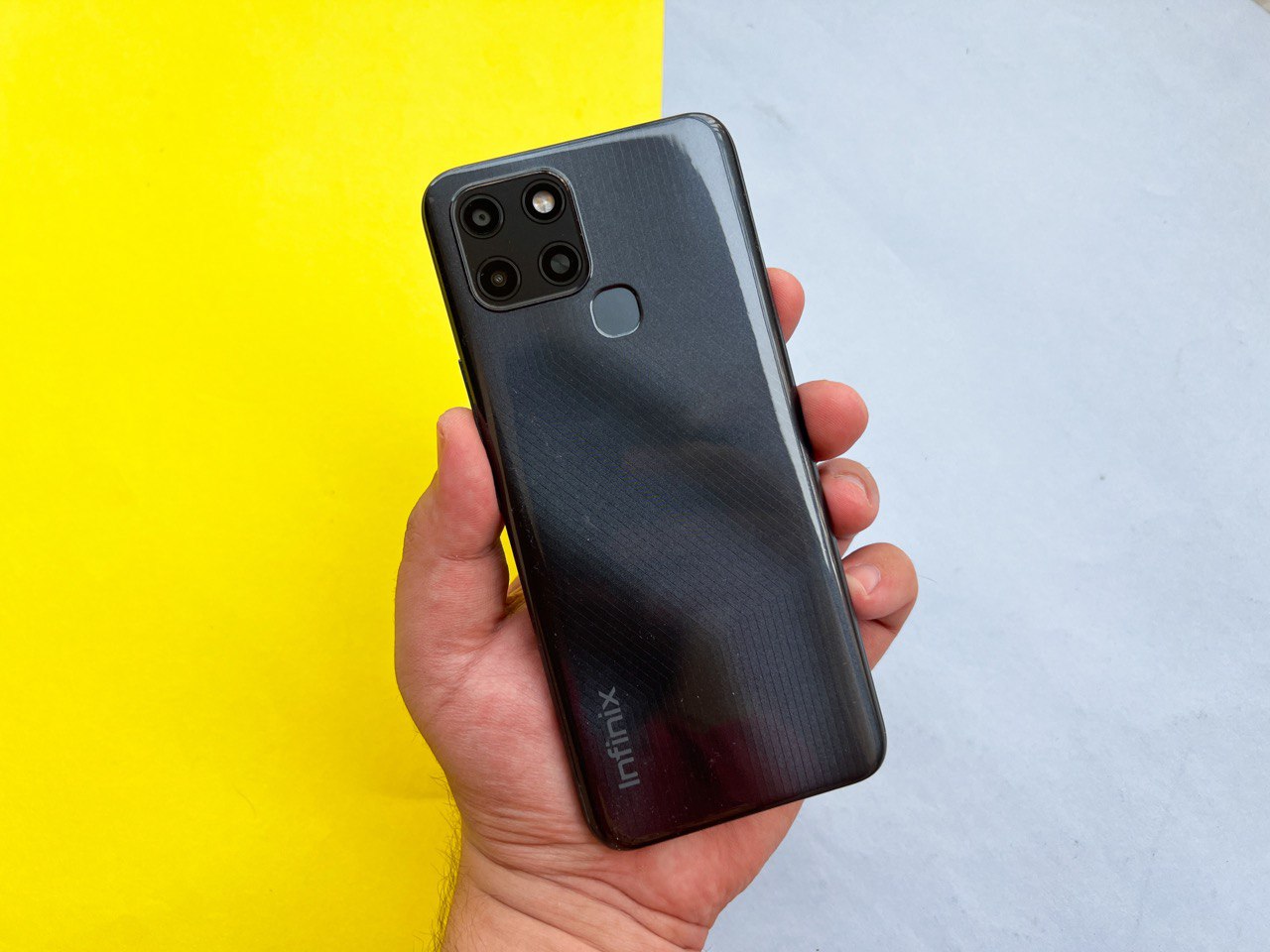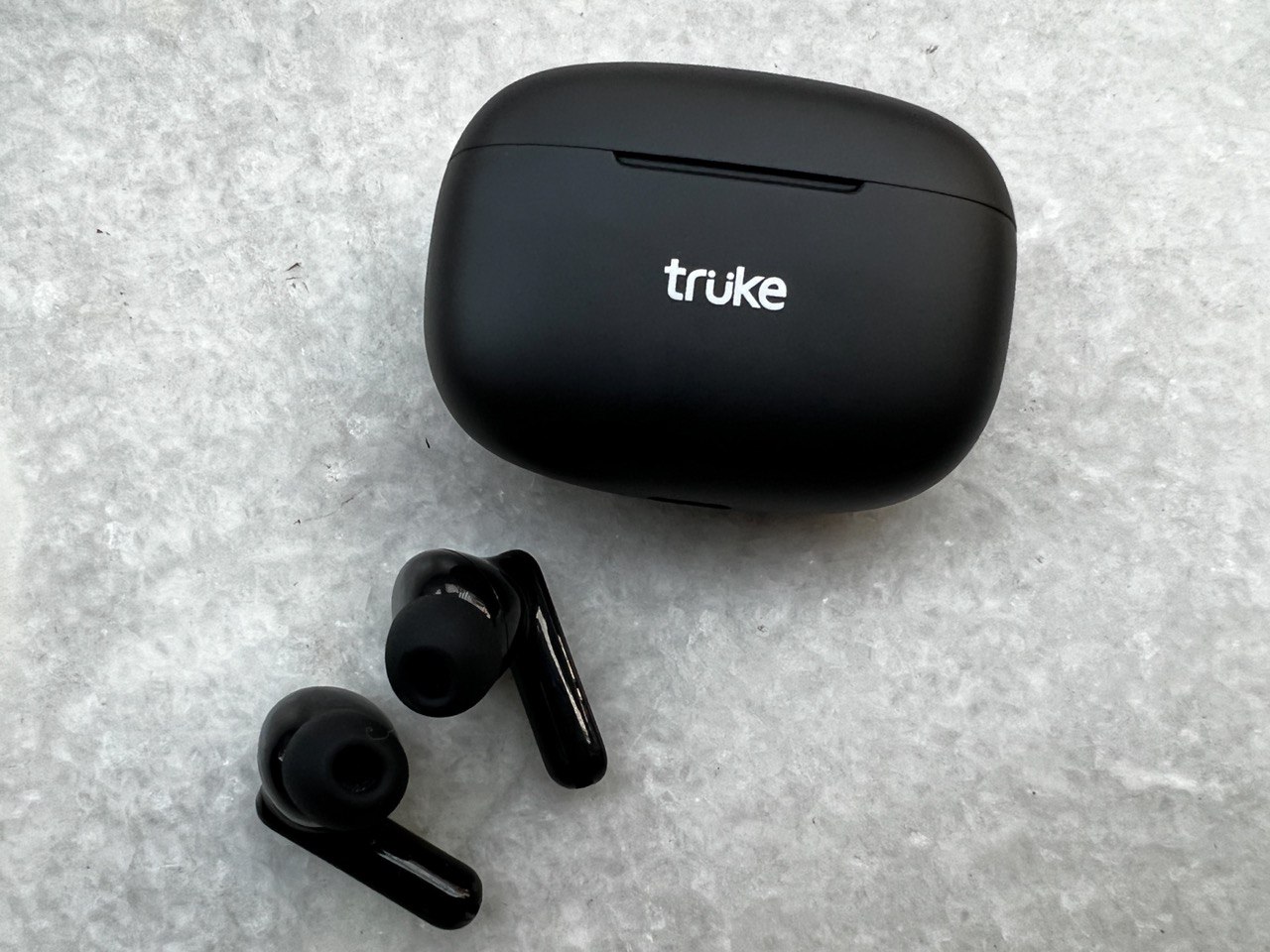

Lava Mobiles International Limited, the leading Indian handset manufacturer had launched a younger sibling to their stylish Lava Iris Pro 30, called as the Iris Pro 20. Lava have been continuously trying to keep its pace with the competition by launching a new product now and then at a very attractive pricing understanding the needs of Indian market. Last week we reviewed the Lava Iris Pro 20 to check out the changes which have been done in this smartphone and what makes it different considering the aggressive competition and now with even bigger brands getting interested for this price range.
Design and Build
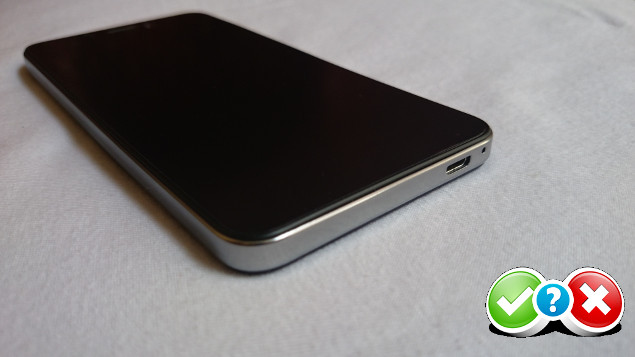

Lava Iris Pro 20 is above 10k smartphone so it shouldn’t be called a budget smartphone to be honest. It looks alike its sibling Iris Pro 30 with the same body language and design features. The smartphone is ergonomic with the just optimal screen size and thickness. It is 7.7mm thick with 112 grams weight which is definitely one of the things the smartphone can be bragged about.
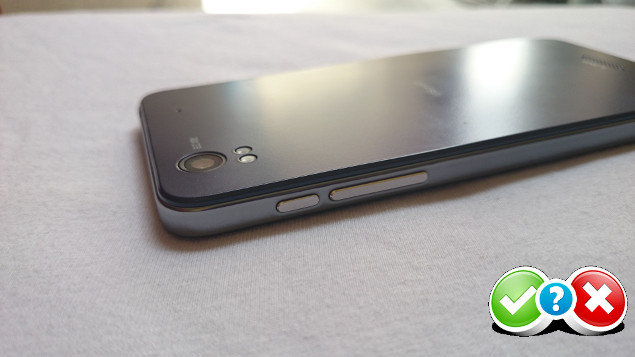

The placement of buttons is exactly the same as on the Iris Pro 30. The right edge houses the volume rocker and the power/standby buttons while the audio out are on the top. There are three capacitive touch buttons on the front below the display and the microUSB port on the bottom edge. There is a 5MP camera on the back with LED flash and the front houses the ambient light sensor, front-facing VGA camera and the ear piece.
Beneath the back panel, there are two SIM card ports one for Mini and one for micro along with a microSD card slot which are very flimsy.
Display
The Lava Iris Pro 20 sports a 4.7-inch qHD display with 540×960 pixels resolution and One Glass Solution technology. It is not that bright and even outdoor legibility is an issue. Though the screen has decent color reproduction we think it could have been better if it was a little more vibrant.
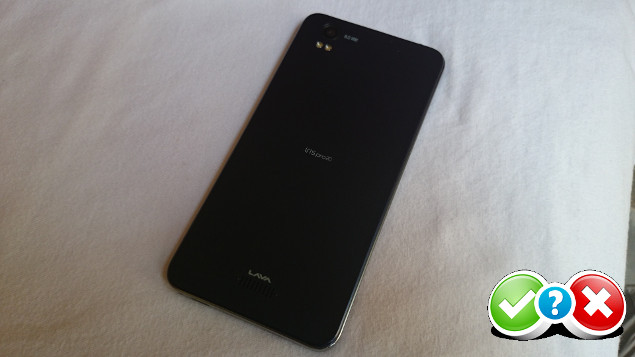

Hardware:
Lava Iris Pro 20 is powered by a MediaTek Quad-Core processor MT6589M clocked at 1.2GHz which is pretty much a standard for all budget handsets. It comes with 1GB RAM and 4GB internal memory. It packs the PowerVGR SGX544MP GPU and offers 3G, WiFi and GPS as connectivity options. It runs on a 2,000mAh battery and supports expandable memory up to 32GB via external microSD card.
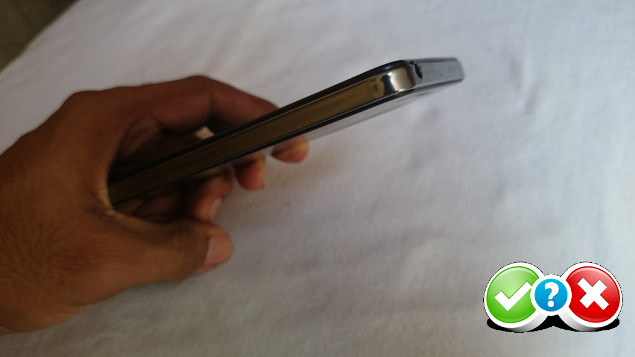

Software:


Iris Pro 2 runs on Android 4.2 Jelly Bean mobile operating system running stock rom with minute app customizations. The only customizations we could find were the Lava customer care app which basically details all the service centers in the country and the resource monitor in the notification drawer which is nifty feature to track your smartphone’s consumption.


Camera:
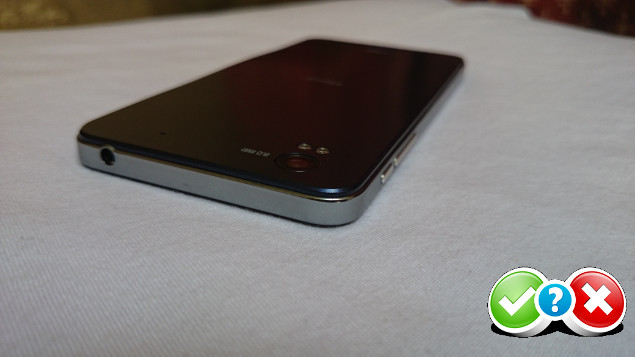

The smartphone comes with a 5MP rear camera and VGA front-facing camera. The Android smartphone clicks average pictures with the 5MP rear camera and shoots HD videos at 30fps. Both the front-facing and rear camera come with auto focus functionality but there is no scope for low-light imaging with this smartphone.
Check out full resolution sample pictures here.


Verdict:
Cutting down the specifications from Lava Iris Pro 30 to get a Rs. 2,200 price drop Lava Iris Pro 20 might be a good option keeping the form factor for those who wish to buy these iPhone looking smartphones at a low price. The camera performance is average but the overall performance is smooth considering most of people want a pleasant smartphone experience. Though its supports FOTA update but there is no word on any updates that could arrive on the smartphone.
Pros:
- Hardware
- Price
- Build and Design
Cons:
- No update guarantee
- Camera
[easyreview title=”Install or Not Scorecard” cat1title=”Hardware” cat1detail=”” cat1rating=”3.5″ cat2title=”Performance” cat2detail=”” cat2rating=”3.5″ cat3title=”Design” cat3detail=”” cat3rating=”4.0″ cat4title=”Value for Money” cat4detail=”” cat4rating=”3.0″]









